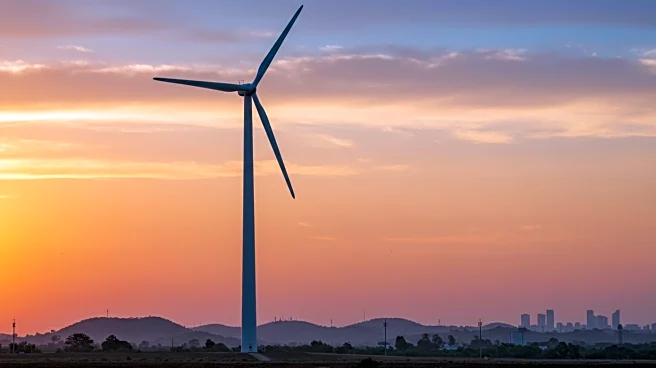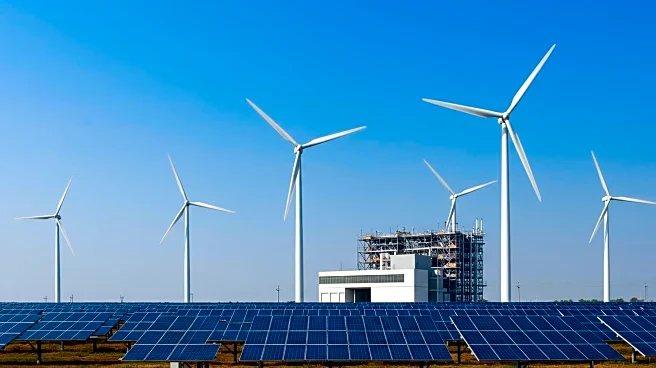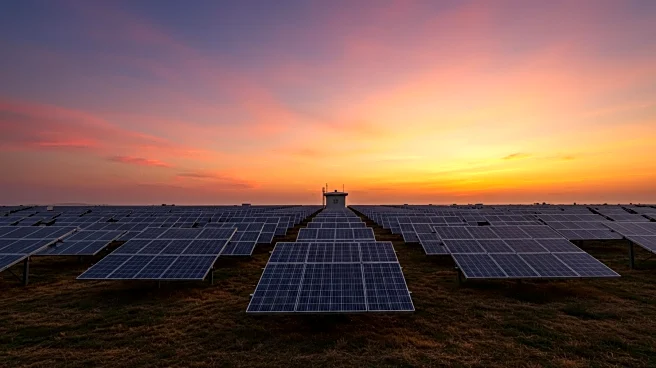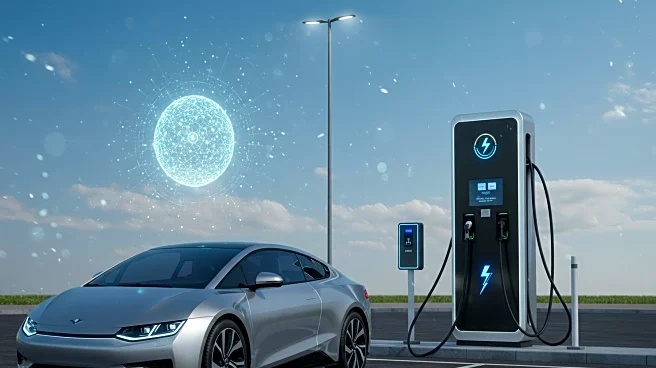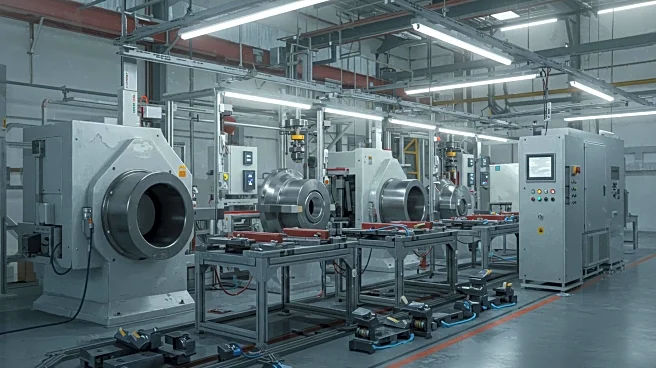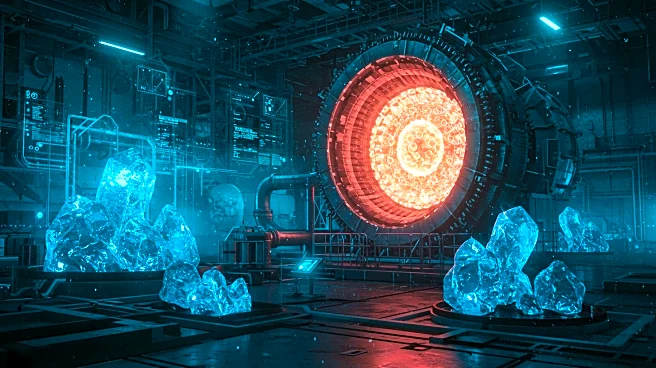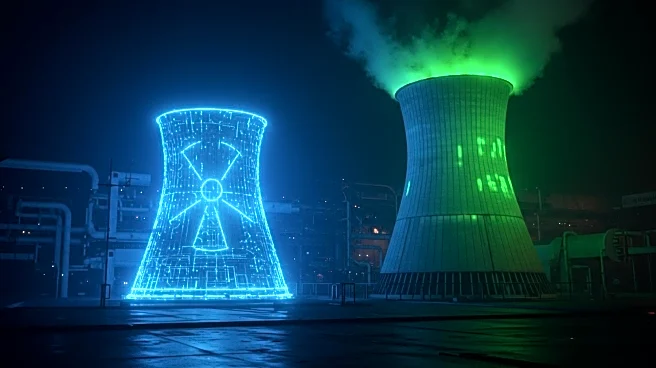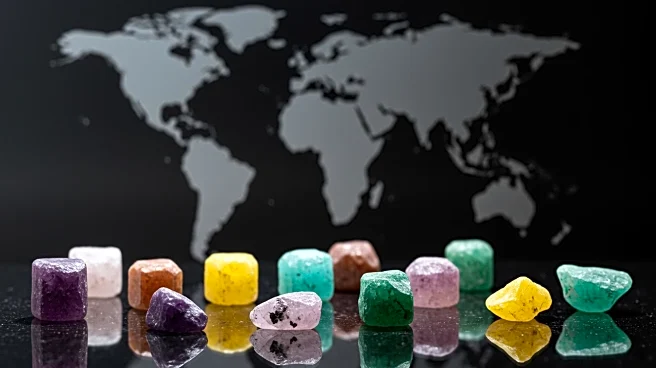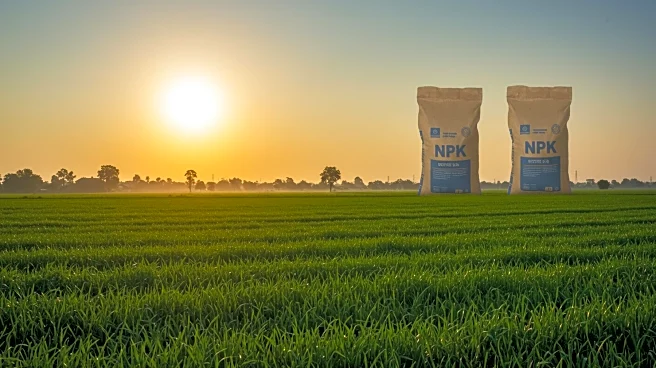What's Happening?
India is making significant strides in its quest for energy security by expanding its energy infrastructure. Petroleum and Natural Gas Minister Hardeep Singh Puri announced that India is focusing on strengthening its energy network, which serves 67 million people daily. The country is the third-largest energy consumer globally and has made 172 oil and gas discoveries since 2015, including 62 offshore. The ONGC and Oil India Ltd have launched exploration campaigns in the Andaman ultra-deepwater region, targeting depths of up to 5,000 meters. These efforts have led to hydrocarbon discoveries in 20 blocks, with an estimated reserve of 75 million metric tonnes of oil equivalent. Additionally, India has achieved nearly 20% ethanol blending with petrol, resulting in significant foreign exchange savings and reduced CO2 emissions.
Why It's Important?
India's expansion of its energy infrastructure is crucial for its economic growth and energy independence. By increasing domestic oil and gas production, India aims to reduce its reliance on imports, which will enhance its energy security and economic stability. The ethanol blending initiative not only saves foreign exchange but also supports environmental sustainability by reducing carbon emissions. These developments are likely to benefit Indian farmers, as sugar mills producing ethanol can pay higher prices for sugarcane, thus improving their livelihoods. The exploration efforts in the Andaman region could unlock new energy resources, further bolstering India's energy self-sufficiency.
What's Next?
India is expected to continue its exploration and development efforts in the Andaman region, with the potential for discovering commercial reserves. The government may also focus on further increasing ethanol blending percentages to enhance energy savings and environmental benefits. Stakeholders, including energy companies and farmers, are likely to play a significant role in these initiatives, contributing to India's long-term energy strategy.
